Matthew Murrie's Blog, page 13
January 5, 2021
Curious about the Sparkle Muffin Peacock Spider
What if there were a spider that looked like a sparkle muffin peacock?
What: The sparkle muffin peacock spider is a spider in the genus Maratus, or peacock spider.

Who: The first sparkle muffin peacock spider was discovered and described by biologist, Madeline Girard discovered the sparkle muffin while searching for other peacock spiders.
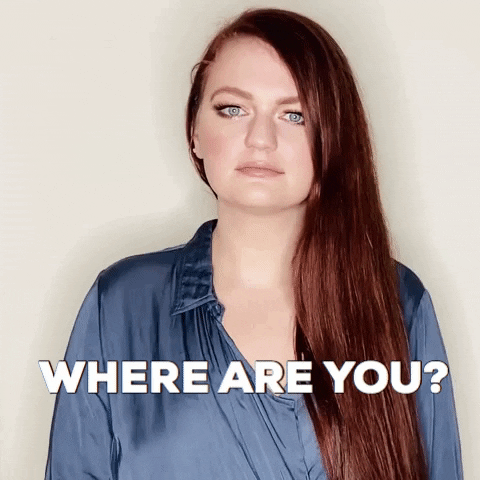
Where: Sparkle muffin peacock spiders live and dance in Australia.
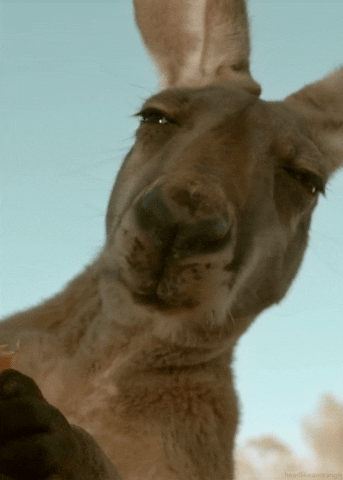
When: Madeline Girard discovered her first sparkle muffin peacock spider in 2014.
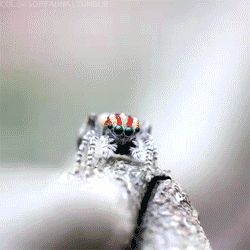
How: Do the sparkle muffin peacock spiders dance? Sparkle muffins are a part of the Salticidae family of jumping spiders, but their dances are more than simply jumping around; they also wave their legs in the air and make other smooth dance moves!
Check out some peacock spider dance moves in the this video!
https://www.youtube.com/watch?v=d_yYC5r8xMIWhy: Why are the sparkle muffin peacock spiders colored so extravagantly? To attract a mate!
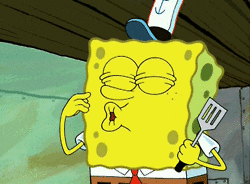
Huh?: If the male sparkle muffin peacock spider's dance does not impress a female sparkle muffin peacock spider, she will often eat him!
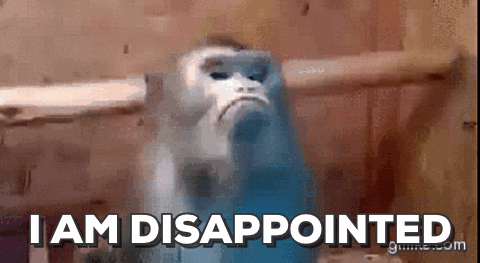
Wow!: Sparkle muffins aren't the only curiously named peacock spider: there's the burnt-orange peacock spider, kitty-cat peacock spider, eagle peacock spider, and skeletorus peacock spider.

Still curious about the sparkle muffin peacock spider? Let your curiosity lead your learning about spiders that sparkle and many other animals and how they got their crazy names in The Screaming Hairy Armadillo!
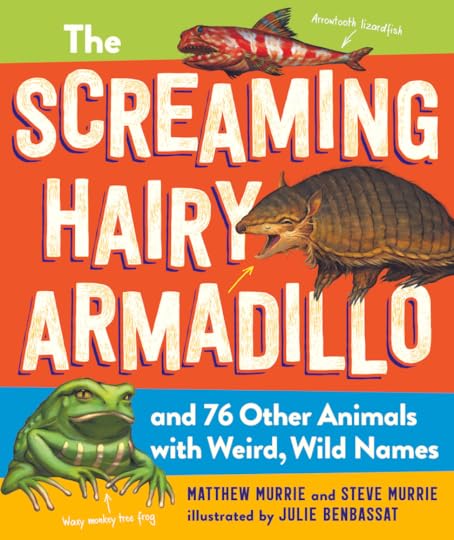
January 4, 2021
Curious about the Sarcastic Fringehead
What if there were a creature called a sarcastic fringehead?!

(from The Screaming Hairy Armadillo )
What: The sarcastic fringehead is a frightening looking fish.
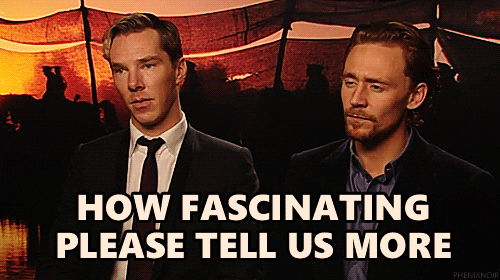
Who: The Greeks are responsible for the first word in this fish's name; "sarcastic" comes from the Greek word, sarkazein, or "to tear flesh like a dog."

Where: Sarcastic fringehead live in the Pacific Ocean along the coasts of the U.S. and Mexico.
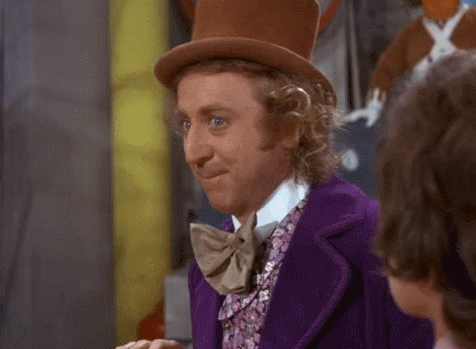
When: Whenever divers get too close, sarcastic fringehead have been known to attack with their razor sharp teeth.
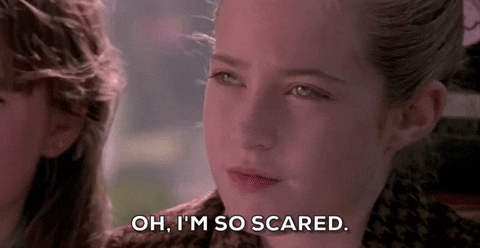
How: Four times larger! That's how much larger a the mouth of a sarcastic fringehead is open than when closed!

Why: Why the "fringehead"? Sarcastic fringehead have a little fringe of something called cirri on its face.

Huh?: Sarcastic fringehead families do things a little differently than many animals: rather than the mother hanging around to protect the sarcastic eggs, it's the father's job. This is why they get so chompy at anything--or one!--who gets near their burrows.
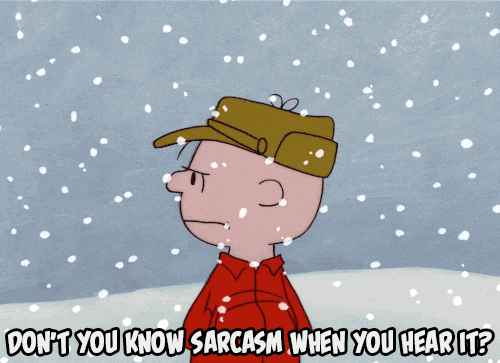
Wow!: Tearing the flesh off of other creatures isn't the only thing sarcastic fringehead use their monster mouths for: they also "lip-lock" and wrestle with their mouths to resolve turf disputes with other sarcastic fringeheads.
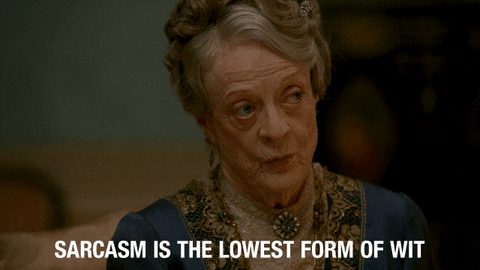
Curious what cirri are or more wild facts about sarcastic fringehead and other curiously named animals? Check out The Screaming Hairy Armadillo to discover more!

What If You Give Up Resolutions This Year?
What if rather than making resolutions, you commit to learning?
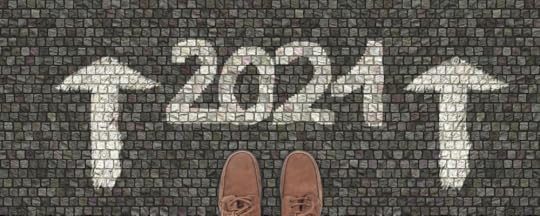
What if we break more resolutions than we make?
I'll always forget my last resolution because ever since I started picking up something new to learn as opposed to a goal to achieve, I've found myself finding more satisfaction and achieving more than when I had a specific goal as a target.
Once it was baking, another year, running. Last year, I started learning the guitar. Another year, I learned all about pirates.
The learning has neither time nor goal parameters; I don't read a whole lot about pirates anymore, but I run around 50 miles a week. I only bake a few pies a year, but I can also whip up some biscuits anytime I miss my mom.
What if you don't resolve to do anything in 2021 other than learn something new until it takes you to learn something else new?
Choose for yourself what you want to learn and how you go about learning it, but here are a few suggestions to maximize your learning:
-Choose something as far a field from your profession or day-to-day reality
-Learn anything: it can be learning how to design websites, how to sell something on eBay, all about the Ottoman Empire, or calligraphy, whatever you are curious to know more about
-Don't feel pressure to learn something to an end, such as learning an instrument until you are perfect--or even proficient--at it, just learn about it as long as it brings you value and you remain curious
-Focus on the learning process as much as the learning focus
-Pay attention to how you learn and what motivates you to learn
-Stop learning about it--and pick learning about it back up--whenever you feel like it
-Be enthusiastic about what you choose to learn and how you go about learning it
-Stay curious!
Happy learning, and Happy New Year!
December 31, 2020
What If 2020 Isn't the Worst Year Ever?

"Well you ain't gotta read between the lines
You just gotta turn the page"
What if 2020 isn't the worst year ever? What if it isn't even close? What if you check out the years 536, 1520, 1918, 1933, and 65 million years ago when an asteroid slammed into earth in this perspective-setting article in ,,Discover Magazine.
Now that that's out of the way, what are you going to do about 2021?
What if 2020 is the year you grow, emerge, repair, become reborn? What if you realize that there's no way 2021 can be anything but the best year ever because you are a part of it? What are you doing in to 2021 to participate in making it, yourself, your family, and community better?
Here's some ideas:
get more curious
move
eat
explore
discover
sleep
listen
Whatever you do, here's to a more curious world together!
Stay Curious!
September 28, 2020
What if the Scream is Mightier than the Shield?
What can you learn from a screaming hairy armadillo? What if The Screaming Hairy Armadillo book is here to help you find out!
What if the tiniest of armadillos doesn't let that distinction get them down?
What if being so tiny lets them let their hair down and gives them reason to scream!
Like all armadillos, the screaming hairy armadillo has the "armor" plates from which the Spanish colonizers declared all armadillos little armored ones. However, unlike other armadillos, the screaming hairy armadillo can still fit perfectly inside the mouths of its predators while rolled up into a tiny, armored ball, so it has to get creative in how it keeps its predators away.
As you might have guessed, the scream in screaming hairy armadillo comes from the formidable scream it unleashes whenever threatened.
What is a unique skill (or "scream") you've developed based on who you uniquely are? How do you use this skill?
How could you encourage your students to use their "screams"?
The Screaming Hairy Armadillo in "action" (at the Brookfield Zoo)
https://www.youtube.com/watch?v=J_kSejsMIyECarried away with curiosity after reading The Screaming Hairy Armadillo?
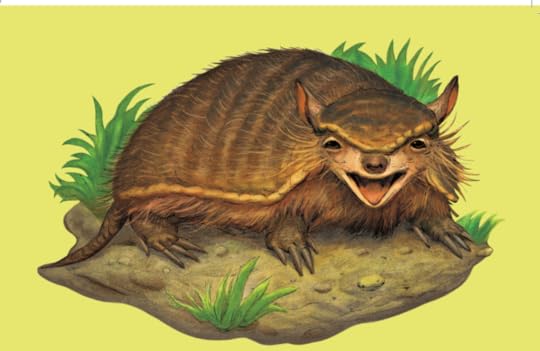
Whether you're an educator or your carried away with curiosity after reading The Screaming Hairy Armadillo, get a free ,Educator's Guide of supplemental material using Curiosity-Based Learning to dig deep and scream louder with The Screaming Hairy Armadillo.
September 22, 2020
What If We Start with a Scream?
Welcome to the world, Screaming Hairy Armadillo!
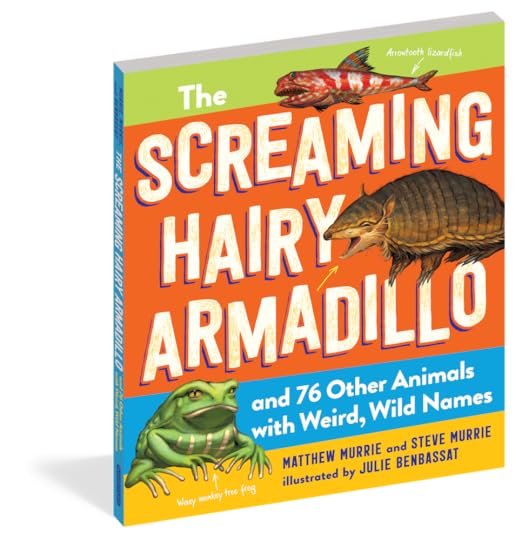
What if getting curious about animals with crazy names can get more people helping to protect our planet so we can all share a home on it?
What if the best way to save our planet is to start getting curious about it?
We live in the greatest period of human history, yet we teeter on a balance of trashing it all.
Unfortunately, most advice and information is shouted at and forced upon us. No wonder we have so many deaf ears wandering through our world. What if we need more ways for people to engage with the world that are relevant to them and valuable to others?
What if, rather than having someone scream at you about the destruction of our natural world, your curiosity about a screaming hairy (or a pink fairy) armadillo could lead to deeper discovery about these little critters that extends to empathy not just for them, but the environment, people, and cultures that interconnect with them everyday?
And what if from that empathy comes actions that lead to more satisfying lives and more creative solutions to our global issues?
What are some take aways you can learn from a screaming hairy armadillo from the book, The Screaming Hairy Armadillo?
* Screaming hairy armadillos have a highly adapted kidneys to help them cope with their environment, so screaming hairy armadillos rarely need to drink water. How have you--or could you--adapt to your environment to help make your life easier?
* Screaming hairy armadillos don't scream for fun, it's their last line of defense against bigger predators. What is your last line of defense when you feel your predators closing in? Is it effective? Can it be improved?
* Screaming hairy armadillos have a lot of potential predators as it's the tiniest of all armadillos. Think of a time you were the tiniest among your peers. What did you learn or develop from the experience that has helped you get out of a hairy situation?
Thank you for welcoming the screaming hairy armadillo to our world. Here's to a better one. Stay curious!
Carried away with curiosity after reading The Screaming Hairy Armadillo?

What if we've got free supplemental material using Curiosity-Based Learning to help you dig deeper and scream louder with The Screaming Hairy Armadillo?
August 20, 2020
What If You Are When You Eat?

What if we're wrong about education the same way we're wrong about health and nutrition?
We're asking the wrong questions.
Surely you've heard that "you are what you eat" when it comes to diet and health. And, in search of eating a healthy diet, we have been laser-focused on what we eat which has manifested into decades of fad diets that leave us with more than empty stomachs.
Want to eat in a way that actually improves your overall health and well-being?
What if you are when you eat?
Whether you've heard of intermittent fasting or not, The New England Journal of Medicine has and recently concluded in the article, ",,Effects of Intermittent Fasting on Health, Aging, and Disease":
"Evidence is accumulating that eating in a 6-hour period and fasting for 18 hours can trigger a metabolic switch from glucose-based to ketone-based energy, with increased stress resistance, increased longevity, and a decreased incidence of diseases, including cancer and obesity."
What if, the single most effective thing you can do to improve your health and longevity is to focus more on when you eat than what you eat?
While you let that sink in: how are we asking the "wrong" questions when it comes to education?
There is certainly a greater focus on what students are learning as opposed to when they are learning. I would be curious to hear from educators how remote learning in the time of COVID-19 has informed their understanding of when students learn best. How might we use that learning to better accommodate learners in September no matter where they (and you) might be?
What lessons can we take from remote learning to ask better "when" questions when it comes to education?
Perhaps one of the things I am most curious to discover from the experience of remote learning is what we can learn about when students learn best so we can use that learning to improve how they learn and prepare them to learn no matter where they are, who they are with, what they need to do, or why they need to do it.
What other questions should we be asking about how we educate outside of "what" we are teaching? What non-what questions do you think we should be asking to truly improve how we teach and learn?
"Who...?"
"How...?"
"When...?"
"Where...?"
"Why...?"
What if you complete each one of those questions with a question to highlight a facet of education that needs to be explored followed by a "What if...?" response to innovate education?
August 5, 2020
What If You Learn Like a Coyote?
Think you're intelligent? How would you measure up against a coyote?
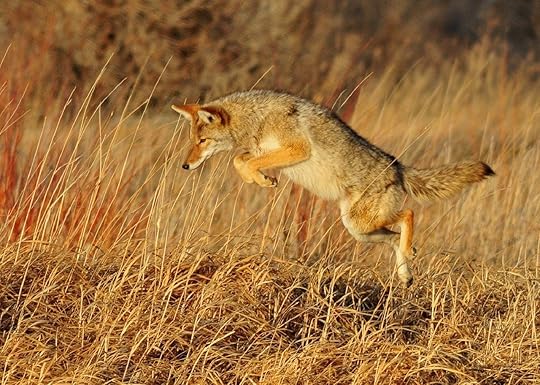
What are the first three characteristics you think of when you think of a coyote?
Now, what do--our could---any of them have to do with learning?
In Coyote America, author Dan Flores points out in his Introduction titled, "American Avatar": "... one important similarity we and coyotes share across our long histories is a reliance on problem-solving intelligence for success..."
This opened a floodgate of curiosities.
One curiosity in particular was what if we taught for and measured Problem-Solving Intelligence (PSQ?) the way we measure IQ and and are starting with EQ?
What can we learn about how coyotes problem-solve to help us become better problem-solvers?
As learners and educators, how are we incorporating problem-solving in our learning experiences?
As entrepreneurs and innovators, how are we improving our problem-solving abilities?
As executives and leaders how are we creating strategies and cultures rooted in problem-solving?
I am very curious to learn what others think we could learn from coyotes to help us become better problem-solvers and humans.
Stay curious!
June 22, 2020
What If Learning Is Discovery and...
... discovery is learning?

If you've read or heard anything by me for the past decade plus, you know my thoughts on curiosity: it's a natural resource that can be converted into anything including--and especially--learning.
But what is learning?
We tend to define learning by outcomes, i.e. what we learned. We also tend connect our individual inspirations for learning to those outcomes to create a complete composite of "learning." Yet, we rarely consider the actual process of learning as if it is too complex or variable to conceive. But what if, it's pretty simple?
What if learning is discovery? Nothing more, nothing less.
There's something you didn't know. Now you know it. Maybe, "magic" could be a suitable synonym.
Watching my 10 month old son discover the flow of water from the faucet in the bathtub maintains a coherent vertical structure that can easily be penetrated horizontally with a wave of a hand was pure magic. This learning may not seem significant in and of itself, but furthers a flow of discovery chased by moments of wonder that will keep his curiosity fueling his quest to learn more for decades to come.
,If learning is this simple, why don't we embrace it? Better yet, why don't we use it to our advantage?
,What if, no matter who you teach or what you teach them, discovery should be the initial goal; after that, it's all gravy. Once you lead learners to points of discovery, learning becomes an entirely different activity: it becomes relevant, it becomes participatory, it becomes active, it becomes natural.
,How do we make discovery an essential part of learning? If you're in a hurry, check out the Curiosity-Based Learning process, "
,It's that collision of anticipation and action that makes discovery such an overpowering feeling. It's also what learning is.
,How are you engaging your learners' discovery, as you facilitate their learning? Are you giving them content to study, memorize, and regurgitate or are you giving them presents to open, own, and cherish?
,Every lesson doesn't have to be the number one present on a learners wish list either. Sometimes, we get socks. But we still get the feels opening them. Same goes for learning. Learners aren't stupid. That doesn't mean as educators we can't deliver learning in a way that creates feelings of discovery.
,Your challenge is to find a way to include some simple act of discovery in the next learning experience you create... then, another. It won't be long before every learning experience you share is one full of discovery... and learning.
June 10, 2020
Manifest Curiosity Part XII: Steps in Between
This post is the first in a series of posts from
,,Steps-in-Between
,Take any actions you are taking forward and identify the immediate, sequential steps to be taken between where you currently are and need to go next; can be repeated for specifying steps taken to the exact week, day, hour, or minute.
,For example, you may know that you are going to 1) do a search on a subject 2) form an opinion and 3) write a paper… but what are three steps you need to take between 1 (search) and 2 (form an opinion)? Likewise, what are three steps you need to take between 2 (forming an opinion) and 3 (writing the paper)?
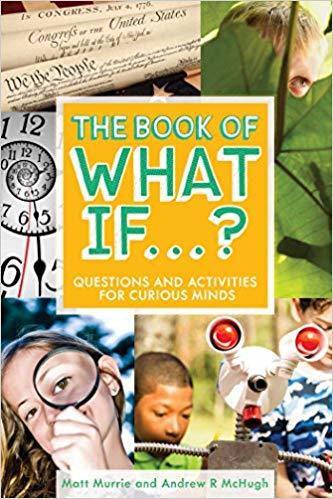
,Curiosity Based Learning



